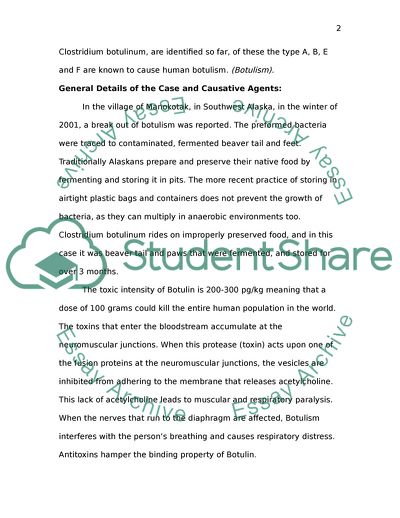Cite this document
(Strategies to Control Botulism in Alaska Case Study - 1, n.d.)
Strategies to Control Botulism in Alaska Case Study - 1. https://studentshare.org/health-sciences-medicine/1704347-food-safety-management
Strategies to Control Botulism in Alaska Case Study - 1. https://studentshare.org/health-sciences-medicine/1704347-food-safety-management
(Strategies to Control Botulism in Alaska Case Study - 1)
Strategies to Control Botulism in Alaska Case Study - 1. https://studentshare.org/health-sciences-medicine/1704347-food-safety-management.
Strategies to Control Botulism in Alaska Case Study - 1. https://studentshare.org/health-sciences-medicine/1704347-food-safety-management.
“Strategies to Control Botulism in Alaska Case Study - 1”. https://studentshare.org/health-sciences-medicine/1704347-food-safety-management.


